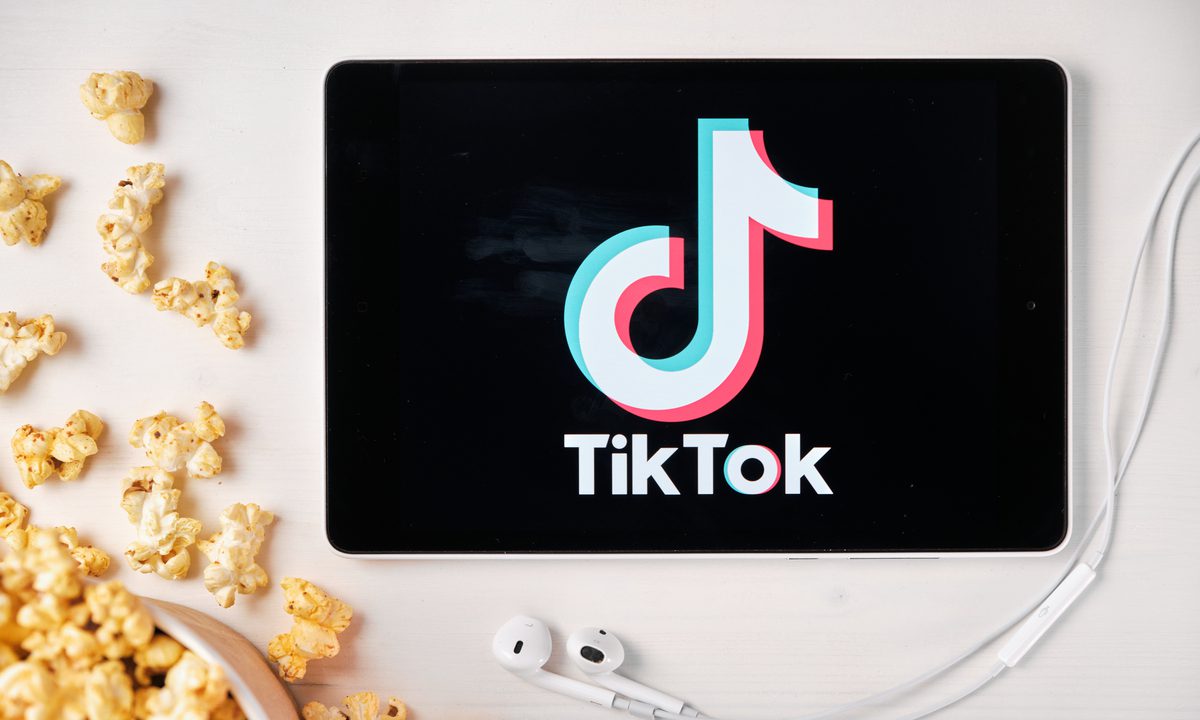TikTok Takes on QSR Giants with 1,000 Virtual Kitchens

TikTok is entering into competition with major quick-service restaurants (QSRs). As Bloomberg first reported Friday (December 17), the video-sharing social network is partnering with ghost kitchen solution Virtual Dining Concepts to open 300 virtual kitchens in March, aiming to reach 1,000 by the end of 2022.
“Look, you have a platform with a billion viewers monthly who are constantly engaged, as the numbers show,” Virtual Dining Concepts co-founder Robert Earl told the outlet. “It’s the first time there’s a brand like this out there — an audience of hundreds of millions of people.”
This massive potential customer base positions the social media app to pose a real threat to leading QSRs. Menu items will be based on TikTok viral trends, with a portion of the profits going to the creators of those items, and foods will be prepared in the kitchens of Earl’s brick-and-mortar chains. Additionally, according to TechCrunch, the social network is also partnering with Grubhub to make these virtual locations available for delivery through the aggregator.
The restaurant industry is increasingly embracing contextual commerce, taking advantage of consumers’ online habits in other digital spaces to drive sales. TikTok’s news comes two months after major fast-casual chain Chipotle Mexican Grill announced the opening of a virtual location in the digital world of gaming platform Roblox. Additionally, with the rise of commercial integrations across Meta-owned social networks and messaging apps, it may not be long before consumers are able to order their restaurant meals through, say, Instagram.
Virtual restaurants such as these enable a low-CapEx way for businesses to reach the fast-growing share of consumers ordering their meals digitally. Research from PYMNTS and Paytronix’s Digital Divide report shows that 45% of QSR customers order online through brands’ direct channels, and nearly a quarter (23%) order online via aggregator. Additionally, the study found that 57% of consumers had used DoorDash in the previous 15 months, 50% had used Uber Eats and 48% had used Grubhub.
View the full report: Digital Divide: Aggregators and High-Value Restaurant Customers
Moreover, research from PYMNTS’ study “The Bring-It-to-Me Economy: How Online Marketplaces And Aggregators Drive Omnichannel Commerce,” created in collaboration with Carat from Fiserv, which featured a census-balanced survey of more than 5,200 U.S. consumers, found that 58% of consumers are ordering restaurant food online more often than prior to March 2020, with nearly half (48%) of restaurant customers ordering from restaurants’ websites for home delivery more often.
Read more: Bring-It-to-Me Economy Ascends as Consumers Embrace Home-Centric Lifestyles
